DANCE: Momentum Right to the Edge of Dance
Lightsey Darst reflects on the first weekend of Momentum dance premieres (co-commissioned by the Walker and The Southern)--Chris Schlicting's "love things" and Maia Maiden and Ellena Schoop's dance-theater production "The Foundation, et cetera."
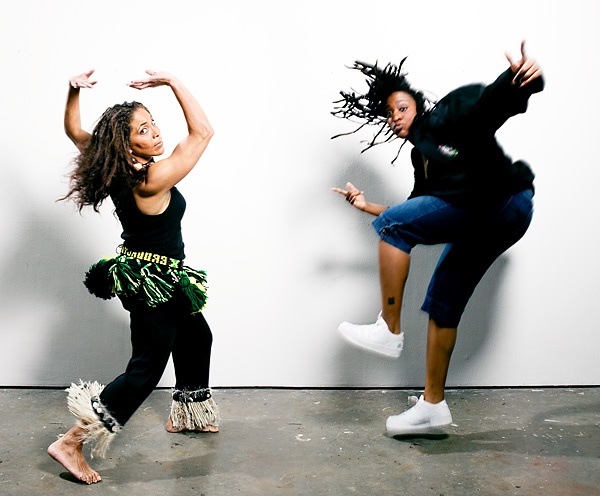
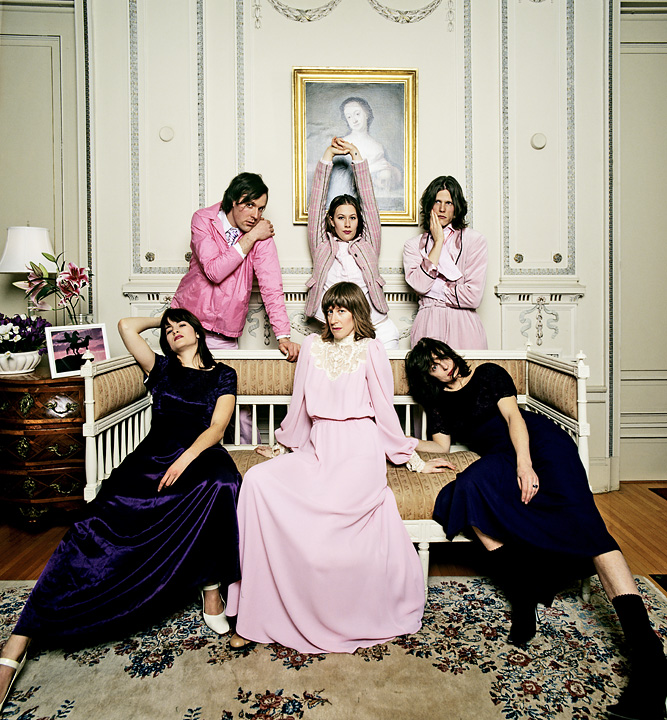
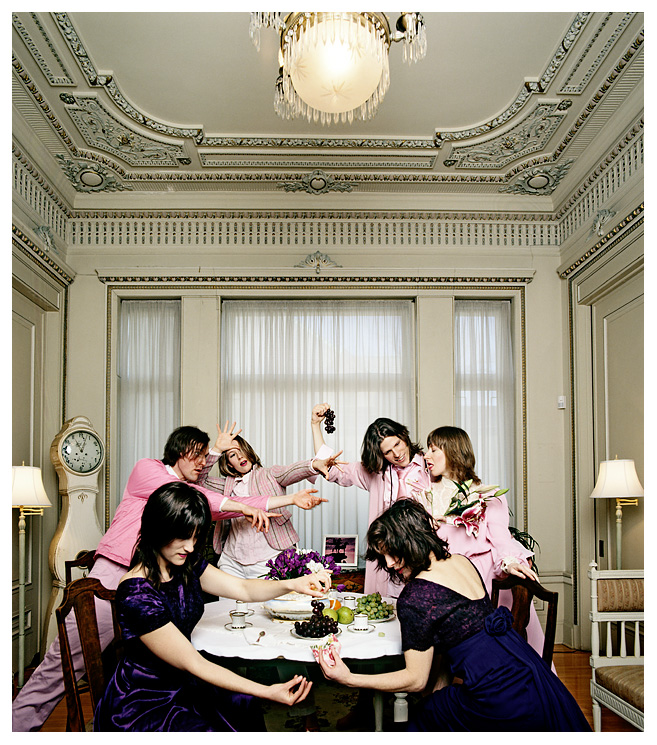
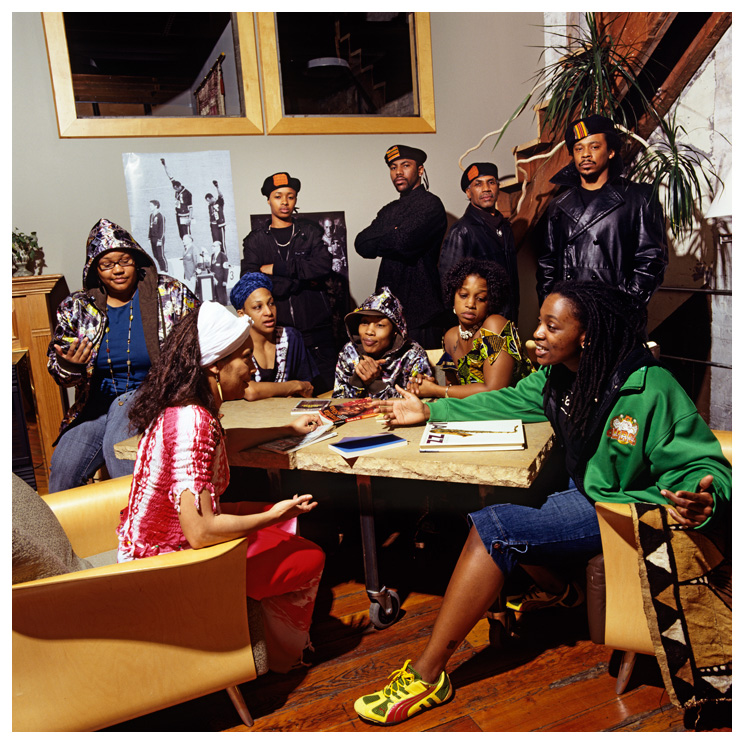
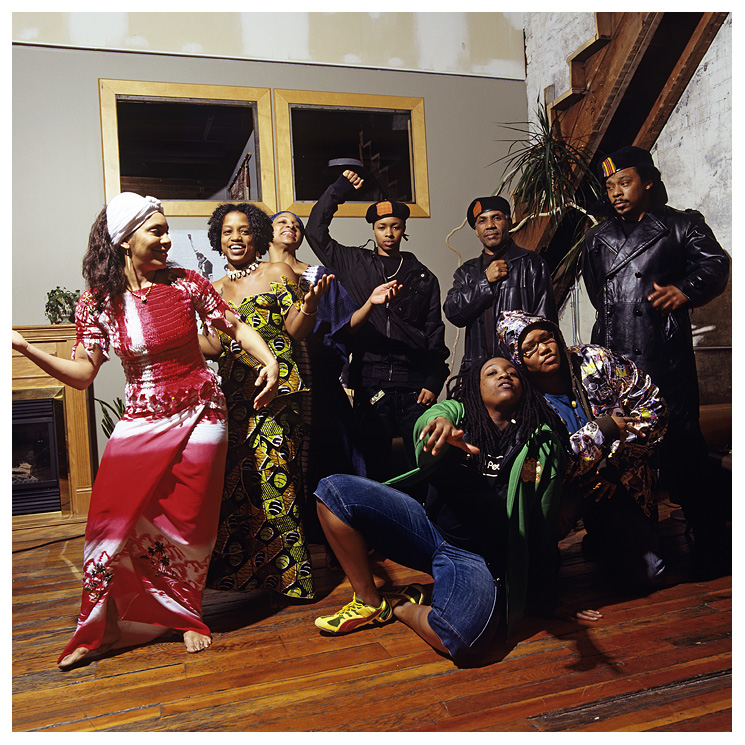
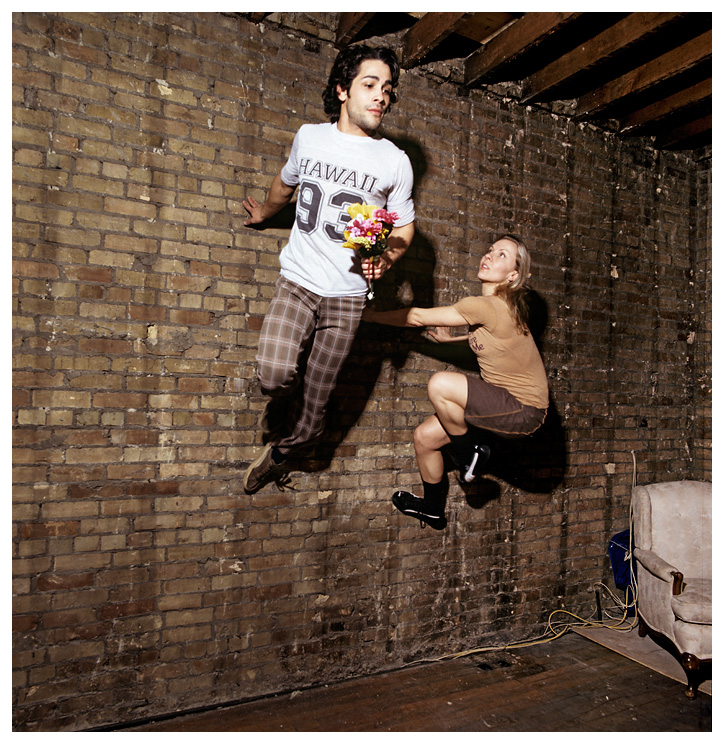
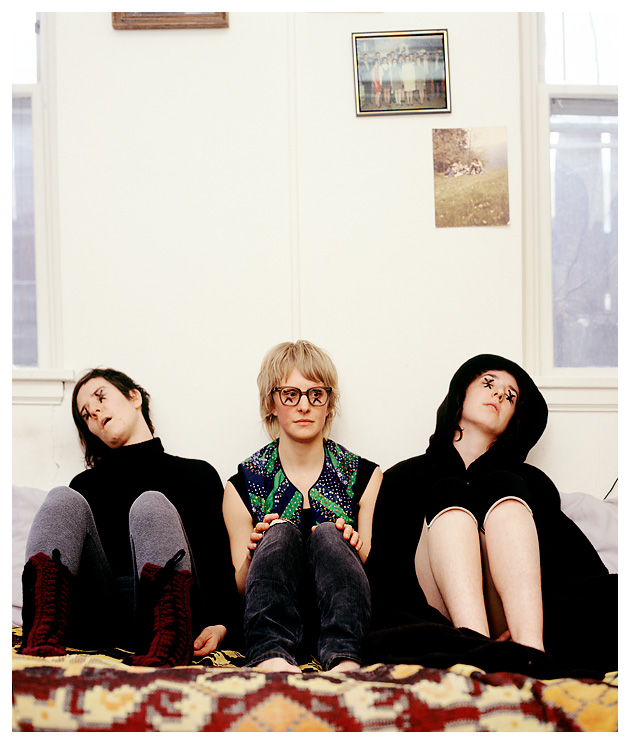
FOR CHRIS SCHLICHTINGS love things, the Southerns concrete arch is swathed in sheer nylon of a sickly pink shade, the color a young girl might imagine shed want for her wedding. Piles of pink roses, a little past their prime, line the archs legs; pink streamers trail down the side and back walls. Even the chairs are tied up with pink bows. Clearly this is An Event. Meanwhile, Schlichting himselfwith the house lights up and patrons trying to find their seatsdances around the stage. Dances is a loose term here, encompassing a range of activity, from miming mythical musical instruments to tracing tiny orbits above his head with his forefingers, to a weirdly loose jogging that made my skin crawl, to huge presentational gestures with arms open wide to the audience. These movements all share an Im showing you drama, and Schlichting watches with the intensity of a street prophet to gauge the effect of his hexes, sigils, and obscure space-measurings on us, his profoundly uncomfortable (and still settling) audience. The house lights cast echoic, jagged shadows back on the theater walls, doubling the overall feeling of obscure significance. _________________________________________________
These movements all share an Im showing you drama, and Schlichting watches us with the intensity of a street prophet to gauge the effect of his hexes, sigils, and obscure space-measurings.
_________________________________________________
love things becomes more comfortable and more clearly a dance performancethe house lights go down, other dancers appearbut that startling opening is a seed from which the whole grows. Movements are jagged, often isolating limbs from the torso and from each other. Sometimes awkward, sometimes grand, the movement never loses a sense of space, of stage geometry, which is underlined by shadows thrown by the harsh lighting. Despite the severe abstraction of the assemblage (we get no story, not even a lasting scenario), a high drama remains, contained in the deliberate gestures and mysteriously meaningful faces of the performers. Acid pink and royal purple costumes dont elucidate the Miss Havishams-wedding hysteria of the setting, but they do resonate with it, suggesting a lost culture of ritual and decadent passion. Elliot Durko Lynch underscores the whole with a soundscape of flourishes and forebodings that sound borrowed from I Cant Believe Its Not Butter ads and Nova programs on things celestial, separated by plunges of silence.
When its over, love things lingers as flashes in the mind. Women raise their arms in fifth on high (the upward rounded ballet position) then fling their arms flat down, not throwing the position away, but ending with arms and hands dictatorially straight. Lights on the diagonal illuminate a sudden tableau, the dancers shaking in synchronicity with each other, a visual chord. Convictions of reference or plot pass across ones mind. Three women trotting in a little backwards circle, arms high, had me convinced they were the three Graces. Two internal dramas collide in a love duet of a sort, the dancers hands not meeting but communicating via reciprocal shapes in space. At one point I felt strongly that one of the stage personae (you couldnt call them characters) had died and was moving on to her ghost-life.
_________________________________________________
How difficult can a dance be before it becomes hopelessly opaque to its viewers? And how long can audiences be expected to sustain attention for a plotless, scheme-less performance?
_________________________________________________
If these flashes are vivid, the overall shape of love things is less so. But I hesitate to lodge my criticisms with much force, because this is demanding stuff, work that would probably reward a second viewing more than a first. Only a few previous Momentum pieces have so clearly reflected the year of work put into them. So, if I got distracted at times, if I didnt feel the different moods hung together all that well, if I found the peculiar and nearly planetary rigor of the first few and last sections more original than the looser forms in between, how can I be sure that isnt because Im human and cant pay perfect attention all the time? Which brings up more questions: how difficult can a dance be before it becomes hopelessly opaque to its viewers? How long can audiences be expected to sustain attention for a plotless, scheme-less performance?
These questions dont pertain only to Schlichting. Hes part of a mini-wave of dance artistsJustin Jones, at times Morgan Thorson, recent New York transplant Chris Yon exploring what looks to me like a postmodern take on the ballet heritage. Not the romantic or storytelling side of ballet: instead, these artists borrow ballets crystalline complexity, its bodily dislocations that create pinpoint images (rather than the holistic whirl of much modern dance), its stage geometries, its thickness of detail. In short, we have more love things coming our way. This will be a challenge for audiences, but Im willing to meet it as a welcome one.
THE FOUNDATION, ET CETERA
Maia Maiden and Ellena Schoops The Foundation, et cetera opens with a rather familiar premise: the who, what, when, where, why of black American culture. Audience members might be excused for sinking a little in their seats at the prospect of revisiting old and often depressing news, but Maiden and Schoop add on a little tag at the end of their opening dialogue that suggests something different is coming: Why you gotta be like that? Maiden tosses off as her hip-hop character exits in the opposite direction from kente-wrapped Schoop. And, in fact, The Foundation, et cetera takes on the “oldness” of that news as its subject.
_______________________________________________
You cannot disregard the struggle of yesterday, Schoops mother-character advises at the end of the performance. Why not? asks Maiden, as the woman’s daughter.
_________________________________________________
The basic narrative of a daughter waiting in the hospital to see if her mother will pull through provides a frame in which to examine how generations of black people in Americaand particularly the Civil Rights/Black Power generation and their children, the hip-hop generationhave fought not only against the dominant culture but also against each other. What comes through powerfully is the thought that people really shouldnt have to struggle like this, shouldnt have to bear such a triple or even quadruple burden of responsibility. You cannot disregard the struggle of yesterday, Schoops mother character advises as she and Maiden go back up at the stairs at the end of the performance (with the mothers fate, wisely, still up in the air). Why not? asks Maiden.
The Foundation is marred by the inclusion of some old news not tempered through Maiden and Schoops irony, in the form of two spoken word interludes, one of which rambles all the way over to Bush and the price of gas. Generally, though, this is a restrained work, more interested in exposing the generational strife caused by an unbearable burden than in hectoring the audience. (Some believe that white audiences need more hectoring. This might be true if it werent for the obvious ineffectiveness of the technique. Better to sneak your moral in like a virus.) The mothers approaching death hangs over The Foundation with a peculiar weight, somehow at once threat and promise, symbolized by the large impassive masks that dancers bear slowly across the stage.
I have to note that The Foundation is really theater-based, not dance-based. The dances act more as breaks, time for the audience to absorb the last theatrical vignette, or as mood pieces that complement what we already know; they dont move the story along in themselves. I would rather see a dance, especially since The Foundations not shy on dance talent. I can understand why theres so much text and actingMaiden and Schoop have a lot to get acrossbut theres also much in the movement that could have been opened further. When you see a dance, you see what people value and how they think of the world. Hip-hop, with its individuality and irony that shades into anger, is clearly a modern American dance, but its connection to African dance is also evident. Hip-hop and African dance have in common a float between beats, a freeplay in continual alternation with the beats certainty. Theres plenty of story here for Maiden and Schoop to develop.
_________________________________________________
The mark of a good Momentum show is that you’re left really wanting to see what these artists will do next. The performances are meant to be risk-taking, a big step forward.
_________________________________________________
Altogether, The Foundation, et cetera, with its tightly packed narrative, feels like a synopsis from which several dance-theater shows could grow. In other words, it feels like a foundation. In this, it falls into line with nearly everything else Ive seen at Momentum concerts in the past yearsand thats a good thing. Momentum performances are meant to be risk-taking, a big step forward. The mark of a good Momentum show is that you’re left really wanting to see what these artists will do next. Thats true for both love things and The Foundation, et cetera.
One last note: Jeff Bartlett, longtime Artistic Director of the Southern Theater, was put on indefinite leave this week by the Southern Board. Controversy has been running through the dance community all weekastonishment, emails, meetings. It was strange, after all that, to attend a performance at the newly Bartlett-less Southern (his names already off the program). I cant explain his firing, as I dont know the details, but the curious may attend a meeting on Monday, July 21, 7 pm, at the Barbara Barker Center on the University of Minnesota campus.
About the writer: Lightsey Darst writes on dance for Mpls/St Paul magazine and is also a poet and editor of mnartists.orgs What Light: This Weeks Poem publication project.
Related Events:
What: Momentum: New Dance Works 2008 presents Eddie Oroyan’s Brown Rocket and Anna Marie Shogren’s I’m a jerk
Where: The Southern Theater, Minneapolis, MN
When: Performances continue through July 26, 2008
Tickets: $18 ($14 for Southern and Walker members)
(You can read the open letter from members of the dance community protesting Jeff Bartlett’s dismissal as Artistic Director of the Southern Theater, as well as the press release which was sent by the Board of Directors of the Southern Theater in response to the outcry: both are published in full on mnartists.org.)